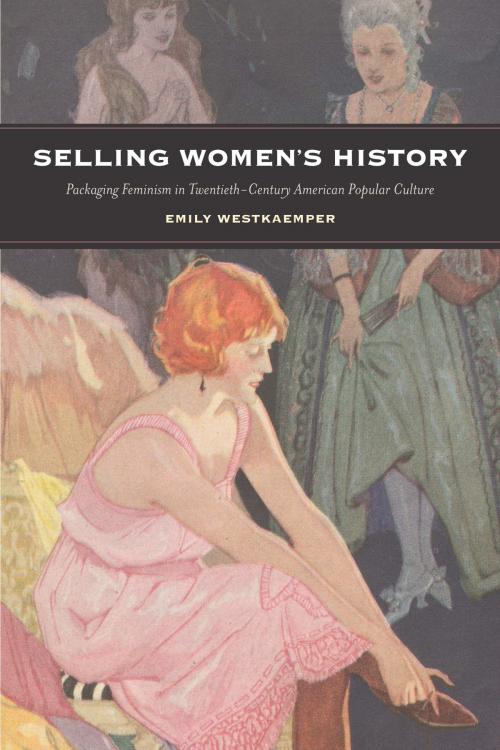Selling Women's History
Packaging Feminism in Twentieth-Century American Popular Culture
Nonfiction, Art & Architecture, General Art, Popular Culture, Social & Cultural Studies, Social Science, Gender Studies, Women&| Author: | Emily Westkaemper | ISBN: | 9780813576343 |
| Publisher: | Rutgers University Press | Publication: | January 9, 2017 |
| Imprint: | Rutgers University Press | Language: | English |
| Author: | Emily Westkaemper |
| ISBN: | 9780813576343 |
| Publisher: | Rutgers University Press |
| Publication: | January 9, 2017 |
| Imprint: | Rutgers University Press |
| Language: | English |
Only in recent decades has the American academic profession taken women’s history seriously. But the very concept of women’s history has a much longer past, one that’s intimately entwined with the development of American advertising and consumer culture.
Selling Women’s History reveals how, from the 1900s to the 1970s, popular culture helped teach Americans about the accomplishments of their foremothers, promoting an awareness of women’s wide-ranging capabilities. On one hand, Emily Westkaemper examines how this was a marketing ploy, as Madison Avenue co-opted women’s history to sell everything from Betsy Ross Red lipstick to Virginia Slims cigarettes. But she also shows how pioneering adwomen and female historians used consumer culture to publicize histories that were ignored elsewhere. Their feminist work challenged sexist assumptions about women’s subordinate roles.
Assessing a dazzling array of media, including soap operas, advertisements, films, magazines, calendars, and greeting cards, Selling Women’s History offers a new perspective on how early- and mid-twentieth-century women saw themselves. Rather than presuming a drought of female agency between the first and second waves of American feminism, it reveals the subtle messages about women’s empowerment that flooded the marketplace.
Only in recent decades has the American academic profession taken women’s history seriously. But the very concept of women’s history has a much longer past, one that’s intimately entwined with the development of American advertising and consumer culture.
Selling Women’s History reveals how, from the 1900s to the 1970s, popular culture helped teach Americans about the accomplishments of their foremothers, promoting an awareness of women’s wide-ranging capabilities. On one hand, Emily Westkaemper examines how this was a marketing ploy, as Madison Avenue co-opted women’s history to sell everything from Betsy Ross Red lipstick to Virginia Slims cigarettes. But she also shows how pioneering adwomen and female historians used consumer culture to publicize histories that were ignored elsewhere. Their feminist work challenged sexist assumptions about women’s subordinate roles.
Assessing a dazzling array of media, including soap operas, advertisements, films, magazines, calendars, and greeting cards, Selling Women’s History offers a new perspective on how early- and mid-twentieth-century women saw themselves. Rather than presuming a drought of female agency between the first and second waves of American feminism, it reveals the subtle messages about women’s empowerment that flooded the marketplace.















